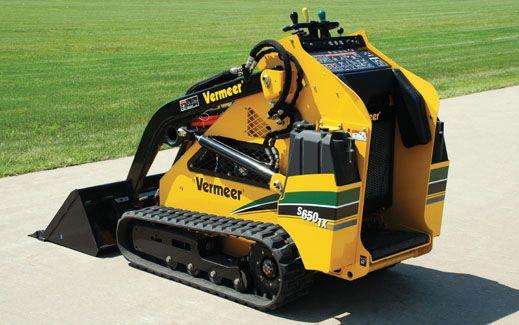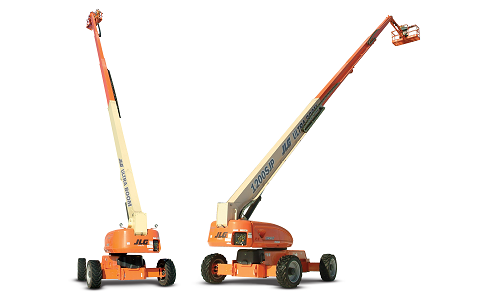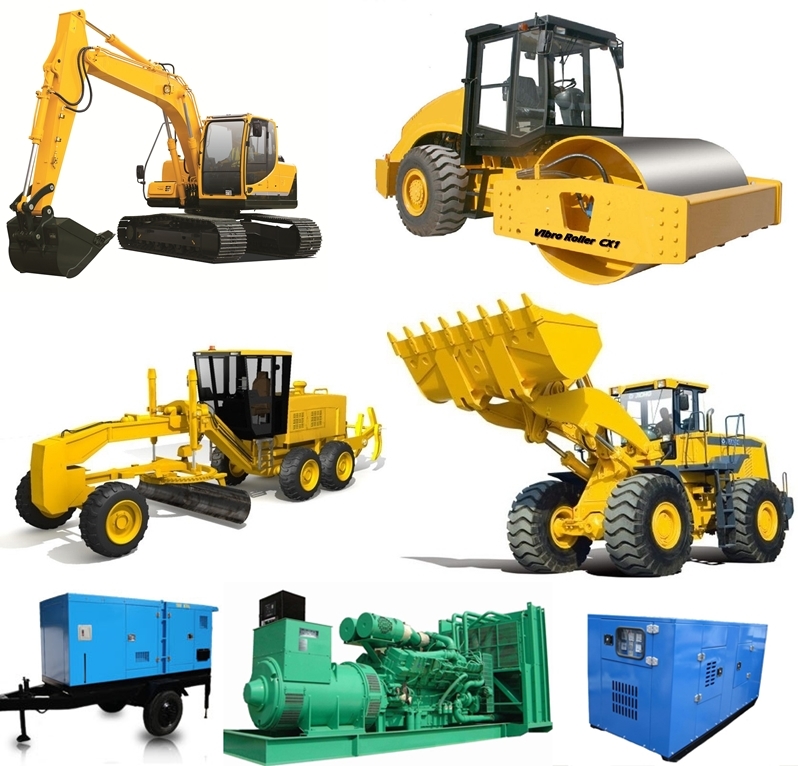Forklift Rental: Heavy Lifting Equipment for Warehousing and Much more
Optimize Your Spending Plan by Comprehending the Costs Related To Construction Devices Leasings
Comprehending the full scope of costs associated with building devices leasings is crucial for maximizing your budget plan. What strategies can be used to efficiently take care of these expenses and make certain an extra efficient rental experience?
Overview of Rental Costs
When taking into consideration building and construction equipment leasings, comprehending the connected costs is critical for efficient budgeting and project planning. Rental costs can differ considerably based upon numerous elements, including equipment kind, duration of rental, and place. The first rental cost frequently mirrors the devices's market need and its linked functional capabilities, affecting the overall expenditure.
Along with the base rental rate, ancillary costs may arise, such as transport costs, gas additional charges, and upkeep charges. It is important to account for these additional costs to precisely examine the total cost of renting out tools. In addition, the rental period can affect prices; longer services may receive affordable prices, while short-term rentals may incur greater everyday charges.

Breakdown of Rental Prices
An extensive understanding of rental rates is important for service providers and job managers aiming to optimize their spending plans. Rental rates for construction devices normally include a number of components, consisting of base rates, time-based fees, and use fees.
Base prices are the core charges connected with the service of the devices, frequently determined by the kind and size of the equipment. These prices can differ considerably, influenced by variables such as tools need, availability, and regional market fads. Time-based fees, which might be daily, weekly, or monthly, serve to suit different project timelines and rental durations.
Additionally, rental prices might consist of usage fees, which apply when tools is utilized beyond a defined limit, guaranteeing that the rental company can represent deterioration. Seasonal demand fluctuations can likewise affect rental prices, with peak building and construction periods usually commanding higher rates.
Furthermore, understanding the rental company's policies pertaining to upkeep and insurance policy can supply more insight into the general expense structure. By examining these components, service providers can make educated decisions, making certain the choice of rental devices lines up with both job requirements and budget restraints.
Additional Fees to Think About
Recognizing the ins and outs of extra costs is critical for service providers to handle their total rental expenditures efficiently. Beyond the conventional rental rates, various extra fees can substantially impact the total cost of tools leasing. These fees typically include distribution and pickup fees, which can vary based on distance and logistics associated with moving the tools to and from the task site.
Additionally, some rental firms might impose gas surcharges if the tools is returned with less gas than when rented. It is likewise vital to be conscious of prospective cleansing fees, particularly for specific equipment that calls for complete maintenance after usage.

Completely reviewing the rental arrangement and clearing up these additional charges ahead of time can aid professionals make certain and prevent unanticipated prices that spending plans remain undamaged throughout the project lifecycle.
Repair And Maintenance Costs
Normal upkeep and repair costs are typically overlooked factors that can significantly influence the total cost of building and construction equipment rentals. When renting out equipment, it is critical to think about not just the rental costs however also the prospective costs connected with maintaining the equipment in optimal operating problem.
Numerous rental firms consist of basic upkeep as component of the rental agreement; nonetheless, more unforeseen breakdowns or comprehensive repair work can cause added expenditures. It's necessary to evaluate the rental agreement very carefully to recognize what upkeep solutions are covered and what duties dig this drop on the renter.
Furthermore, devices that is not properly maintained can result in inefficiencies on the task website, potentially triggering hold-ups and boosting job costs. To mitigate these threats, it is advisable to conduct routine examinations and preserve open interaction with the rental provider pertaining to any kind of problems that arise during usage.
Insurance Coverage and Obligation Costs
Insurance policy and responsibility costs are crucial elements that can considerably influence the overall expenditure of building tools leasings (forklift rental). These costs make sure that both the rental company and the customer are safeguarded from prospective financial losses emerging from mishaps, damages, or theft throughout the rental period

In addition, clients ought to be aware of any type of deductibles or exemptions in the insurance policy, as these can impact possible out-of-pocket costs. Recognizing the terms of any insurance coverage is crucial to stay clear of unforeseen costs. Inevitably, budgeting for insurance coverage and obligation expenditures can aid ensure a smoother rental experience and safeguard versus monetary risks connected with building tasks.
Conclusion
In final thought, a thorough understanding of the prices connected with construction equipment services is necessary for efficient budget management. Eventually, informed decision-making regarding tools services adds to the general success of construction endeavors.
Rental prices can differ substantially based on numerous variables, including tools type, period of leasing, and location (aerial lift rental). The rental duration can impact rates; longer rentals might qualify for reduced prices, while short-term services might sustain higher daily costs
By conducting thorough research study and involving with credible rental companies, service providers can properly navigate the intricacies of rental rates, eventually optimizing their financial resources.
Past the conventional rental prices, various extra charges Find Out More can substantially influence the total expense of tools rental. Rental business commonly provide obligation insurance policy that covers injuries to third events or damages to residential property, while tools damage insurance can cover the expense of repair services or replacement if the leased devices is harmed.